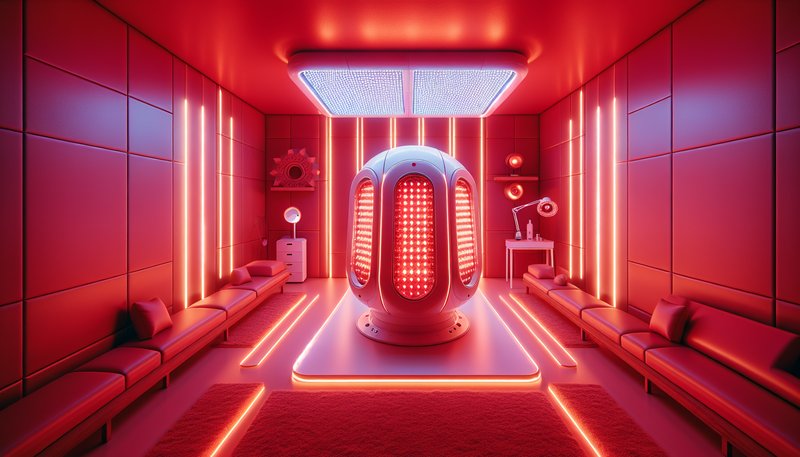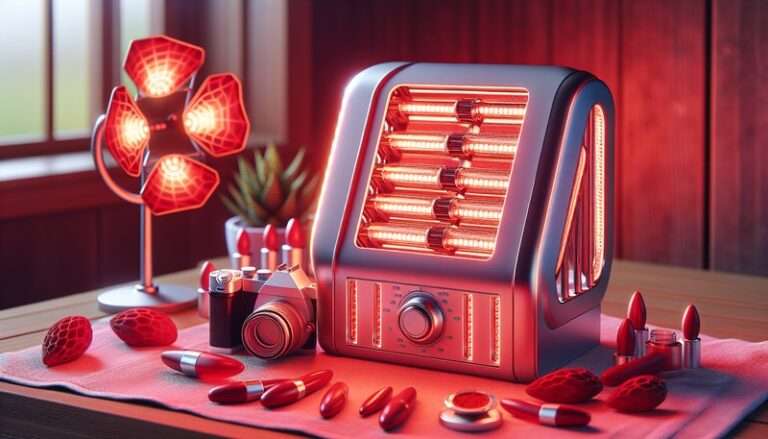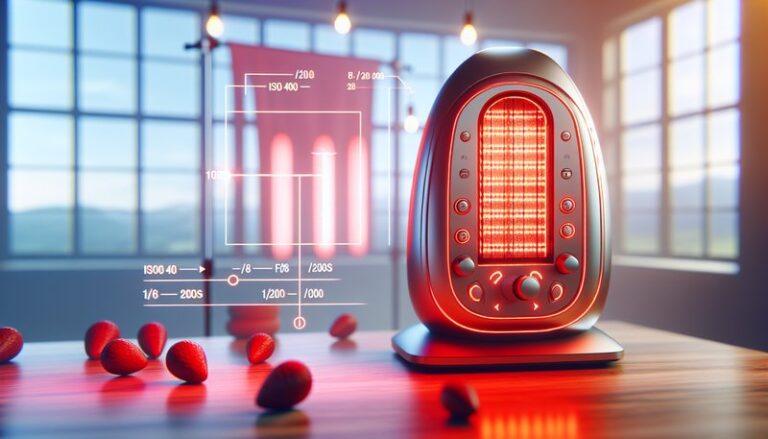Where To Do Red Light Therapy?
Are you curious about the growing trend of red light therapy and where you can experience its benefits?
This article delves into the various places you can access red light therapy, the benefits it offers, and important considerations to keep in mind before diving into this innovative treatment. We will explore spa options, at-home devices, and other alternatives, giving you a comprehensive view of your choices in experiencing red light therapy.
Key Takeaways
- Red light therapy can be accessed through professional spas, clinics, and at-home devices.
- It offers a wide range of benefits, including improved skin health, pain relief, and reduced inflammation.
- There are important considerations to weigh before beginning treatment, such as device quality and safety standards.
What is Red Light Therapy?
Red light therapy (RLT) is a non-invasive treatment that uses low-level wavelengths of red light to enhance cellular functions, promoting healing and recovery in various tissues. Commonly applied using light panels, lasers, or specialized devices, RLT capitalizes on the body’s natural processes to enhance outcomes like skin rejuvenation and pain relief.
This therapy is popular in dermatology and physical therapy and can also be found in wellness centers. The technology behind RLT has been tested in numerous studies, confirming its efficacy for conditions such as acne, wrinkles, joint pain, and inflammation.
What are the Benefits of Red Light Therapy?
Understanding the benefits of red light therapy can help you decide if it’s the right treatment for you. Here’s a closer look at some of its most notable advantages.
Enhanced Skin Health
Red light therapy is known for its ability to improve skin conditions, such as acne, rosacea, and signs of aging. Clinical studies have shown that RLT can stimulate collagen production, leading to firmer, plumper skin.
Pain Relief and Tissue Healing
Many users report significant reductions in joint pain and muscle soreness after sessions of red light therapy. It can be particularly beneficial for athletes or individuals recovering from injuries, as it promotes faster tissue repair and reduces inflammation.
Improved Mood and Sleep Quality
Research suggests that red light therapy may also help with mood regulation and improve sleep quality. The calming effect of certain wavelengths can aid in the production of melatonin, promoting better sleep patterns.
Additional Benefits
- Hair Growth Stimulation: RLT has shown promise in promoting hair growth for individuals with thinning hair or androgenetic alopecia.
- Reduced Scarring: Many people find that RLT helps improve the appearance of scars, including acne marks, through tissue regeneration.
Is it Possible to Get Red Light Therapy at Home?
Yes, it’s entirely possible to perform red light therapy at home using various devices designed for safe and effective use. Home devices range from handheld laser units to full-body light panels, allowing you to tailor your treatment according to your needs.
What are the Advantages of At-Home Red Light Therapy?
The convenience of at-home red light therapy carries several advantages.
Cost-Effectiveness
While initial investment in quality devices may be higher, ongoing treatment at home can save money compared to recurring spa visits.
Flexibility of Treatment Times
Having a device at home allows for more consistent sessions since you can use it at your convenience, fitting easily into your daily routine.
Privacy and Comfort
At-home treatments provide a private experience, allowing you to relax without the need to travel or be in a public space.
What are the Disadvantages of At-Home Red Light Therapy?
While there are clear benefits to at-home devices, some disadvantages should also be considered.
Device Quality Concerns
Not all at-home devices are created equal. It’s crucial to research and select devices that are clinically proven for safety and efficacy.
Potential for Incorrect Use
Without professional guidance, you may not be utilizing the therapy to its full potential, including aspects like optimal duration and frequency of use.
Limited Expertise
In a clinical setting, trained professionals can provide tailored care and monitor your progress, which may be lacking in a home environment.
What are the Things to Consider Before Starting Red Light Therapy?
Before embarking on your red light therapy journey, there are a few key considerations to keep in mind.
Consult with a Healthcare Professional
Before starting RLT, especially if you have pre-existing conditions or are taking medications, it’s wise to consult with a healthcare provider to ensure the therapy is safe for you.
Understand the Device Options
Research different devices and their capabilities. Look for FDA-cleared devices or those with positive reviews from credible healthcare professionals.
Determine Your Treatment Goals
Clarify your objectives for undergoing red light therapy. Whether it’s for skin health, pain management, or another issue, knowing your goals will help you stay focused and monitor your progress.
What are the Alternatives to Red Light Therapy?
If red light therapy doesn’t seem right for you, there are alternative options worth considering.
Photodynamic Therapy
This therapy uses light-sensitive medication and a specific wavelength of light to treat various skin conditions and has similar benefits to RLT.
Cold Laser Therapy
Cold laser therapy is less intense than RLT but delivers similar outcomes in pain relief and inflammation reduction.
Infrared Saunas
Saunas that use infrared light technology can provide numerous benefits, including improved circulation, detoxification, and relaxation.
Conclusion: Is it Recommended to Try Red Light Therapy?
Red light therapy offers an array of benefits that can enhance your overall health and well-being. Whether through professional sessions, at-home devices, or alternatives, RLT can play a transformative role in managing skin conditions, relieving pain, and improving general wellness.
Get all the facts in Is Red Light Therapy Lasting?
If you’re considering this treatment, weigh the benefits against the considerations discussed to determine the best approach for your individual needs.
Learn the whole story Does Red Light Therapy Cause Cancer?
Frequently Asked Questions
What does a red light therapy session feel like?
Most users report feeling a soothing warmth during red light therapy sessions, with no discomfort or pain.
How often should I do red light therapy for best results?
Frequency can vary based on your goals and the type of device used, but many people benefit from 2-3 sessions per week.
Are there any side effects associated with red light therapy?
Red light therapy is generally considered safe, but some individuals may experience mild temporary redness or irritation on the skin.
Can I use red light therapy on all skin types?
Yes, red light therapy is safe for all skin types and can address a variety of skin concerns effectively.
How long does it take to see results from red light therapy?
Depending on the condition and frequency of treatments, some individuals start to see results within a few weeks, while others may take a few months.






